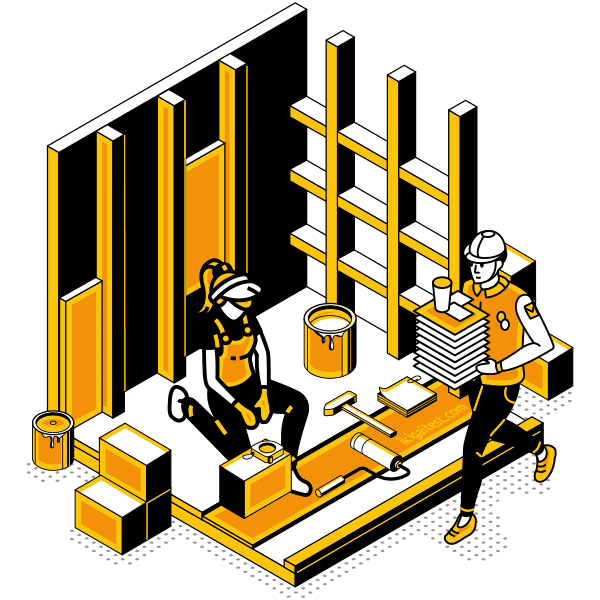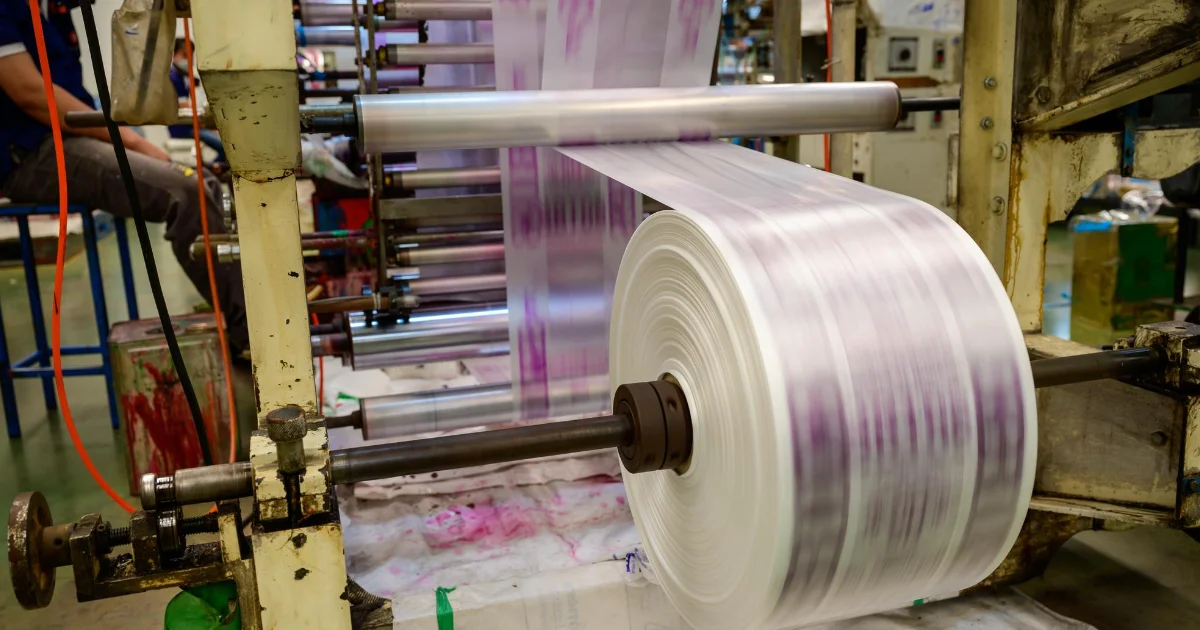Operator

Operators are expected to be good at:
- Using either control mechanisms or direct physical activity to operate manufacturing systems.
- Working with hand operated industrial machines and power tools.
- Adjusting knobs, levers, and physical or touch sensitive buttons in industrial devices.
- Running, maneuvering, navigating, or driving vehicles or mechanized equipment, such as forklifts, passenger vehicles, aircraft, or watercraft.
Artisan

Great artisans are usually capable of:
- Using hands and arms in handling, installing, positioning, and moving materials.
- Performing precise and skillful manipulation of small objects.
- Being active and proactive in regards to physical activities that require considerable use of your arms and legs and moving your whole body, such as climbing, lifting, balancing, walking, stooping, and handling materials.
Other work activities related to Extruding and drawing machine setters, operators, and tenders, metal and plastic
- Measuring and examining extruded products for locating defects and to checking for conformance to specifications, adjusting controls as necessary to altering products.
- Determining setup procedures and selecting machine dies and parts, according to specifications.
- Installing dies, machine screws, and sizing rings on machines for extruding thermoplastic or metal materials.
- Changing dies on extruding machines according to production line changes.
- Starting machines and setting controls to regulating vacuum, air pressure, sizing rings, and temperature, and to synchronize speed of extrusion.
- Replacing worn dies when products vary from specifications.
- Reel extruded products into rolls of specified lengths and weights.
- Troubleshooting, maintaining, and making minor repairs to equipment.
- Cleaning working areas.
- Adjusting controls for drawing or pressing metal into specified shapes and diameters.
- Operating shearing mechanisms to cutting rods to specified lengths.
- Selecting nozzles, spacers, and wire guides, according to diameters and lengths of rods.







